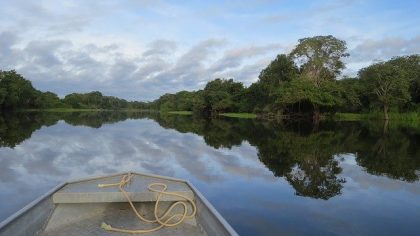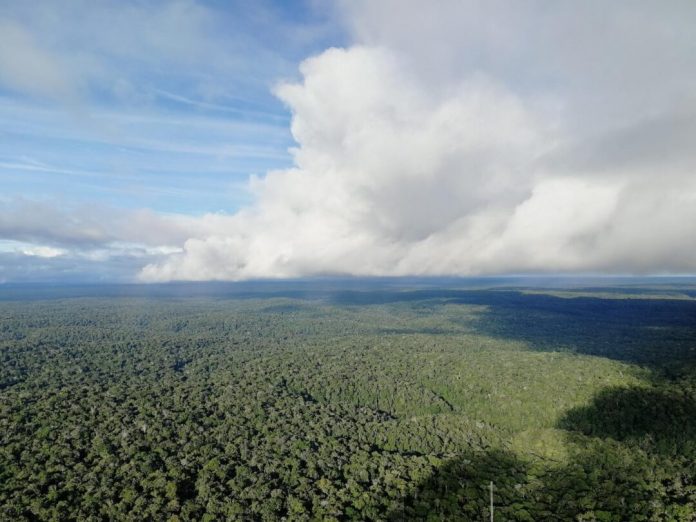Amazon rain forest is the largest remaining tropical rainforest in the world. Over nine million square km (3.5 million sq miles) cover parts of Brazil, Colombia, Ecuador, Guyana, Venezuela, Bolivia and Peru.
The rainforest is facing many dangers, with deforestation and climate change the primary insult to its survival. Now, a new study predicts that rainfall in the Amazon will decrease significantly leaving the forests at a far higher risk of drought than previously thought.
The findings of an international study, published in Environmental Research Letters, predict reductions in rainfall, comparable to the drying seen during the main droughts of 2005 and 2010, which caused widespread tree mortality and significantly impacted Amazon communities (Baker et al., 2021).
Dr. Jessica Baker of the University of Leeds led the international study. The team warns that massive areas in the eastern part of the Amazon may face extreme dry conditions by the end of the century if an appropriate step is not taken to restrict carbon emissions today.
In that case, massive amounts of carbon dioxide would be released from the forest into the atmosphere, increasing the impact of greenhouse gas emissions and driving additional climate change.
The increased drought during the dry season would further threaten the viability of significant components of the rainforest, as the trees are under a water shortage, and that may cause more threats of forest fires.
The expected droughts might even have far-reaching consequences for the Amazon water cycle, biodiversity, and inhabitants who live within the area.
The research team examined the role of forests in transferring water from the soil to the atmosphere—often defined as evapotranspiration (ET). The team also analyzed the relationships between ET and Amazon precipitation to evaluate controls of surface moisture and the credibility of local precipitation forecast.
Amazon forests are highly dependent on the supply of recycled water (Spracklen et al., 2012), as a previous study estimated over 70% of P in the southern basin originates from terrestrial ET upwind (van der Ent et al., 2010).
The research group analyzed the outcomes of 38 known Amazon local weather models. By excluding climate prediction data from unrealistic models, the patterns of future rainfall change in the Amazon became clearer.
According to the new study, only a 3rd of the 38 models accurately reproduced the interactions between the atmosphere and land floor previously shown by Amazon fieldwork.
By focusing on the data obtained from a smaller group of models, uncertainty in rainfall changes over the entire Amazon basin was reduced by half.
This group confirmed a significant agreement in predicting future rainfall changes, with severe drying anticipated within the eastern Amazon for the next 80 years. On the other hand, western areas will experience more rainfall than before.
Lead researcher Dr. Jessica Baker stated: Many people in Brazil and worldwide are concerned about the future of Amazon and its valuable roles in carbon storage and biodiversity.

She noted, 1) this new research sheds light on how the Amazon climate is more likely to change under an extreme warming scenario.
2) The forests, which absorb and store carbon, need to be protected to combat climate change.
3) The Amazon forests contain the world’s largest tropical rainforest and perform an essential function in global carbon and water cycles.
Dr. Caio Coelho, a scientist from the National Institute for Space Research in Brazil, also the study’s co-author, stated: It is essential to understand how the climate of the Amazon would possibly change sooner or later.
“This study reveals that dry season rainfall reductions in parts of the Amazon might be in a similar situation as of the droughts of 2005 and 2010 which caused widespread tree mortality and had major impacts for Amazon communities.”




















